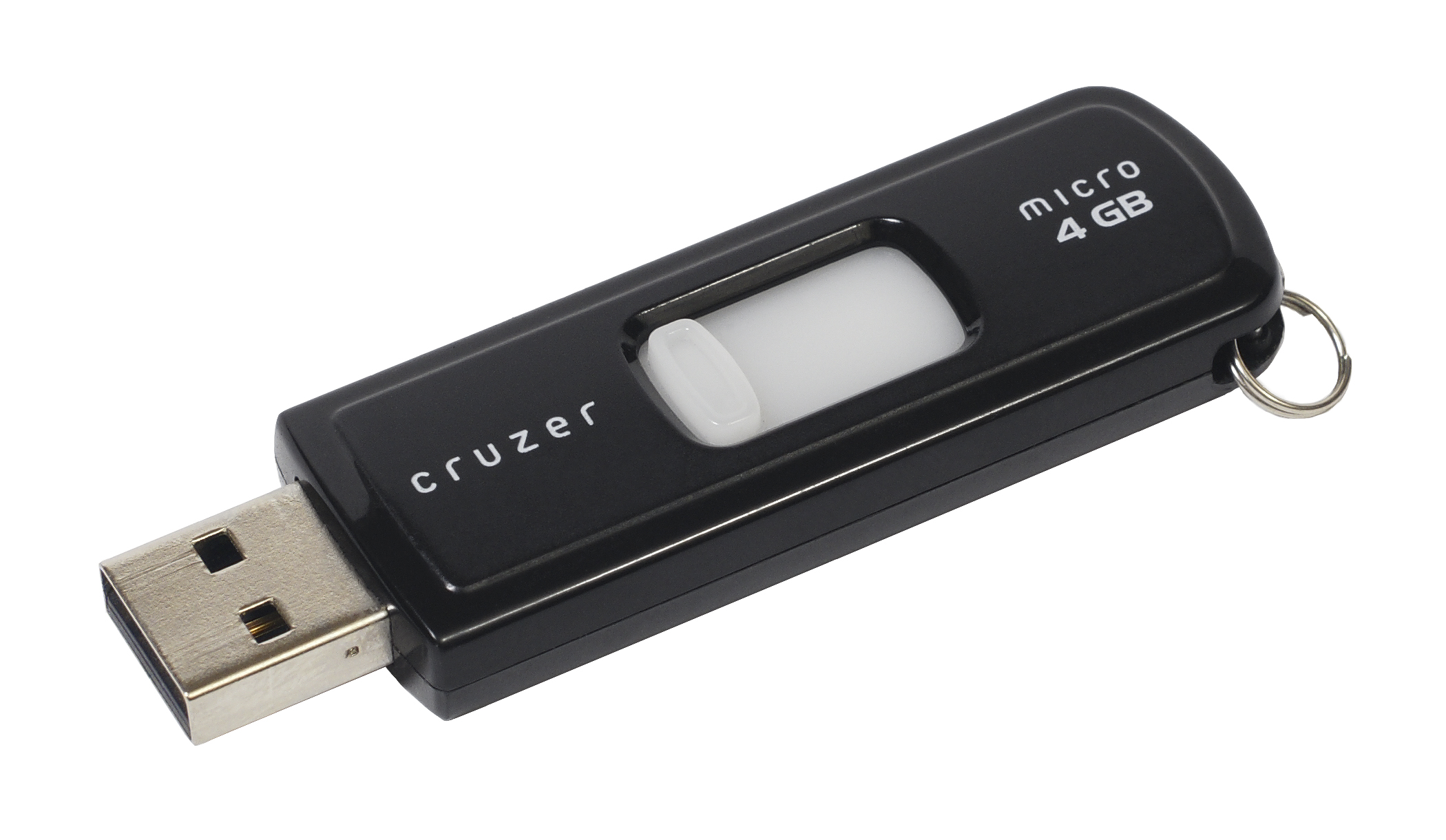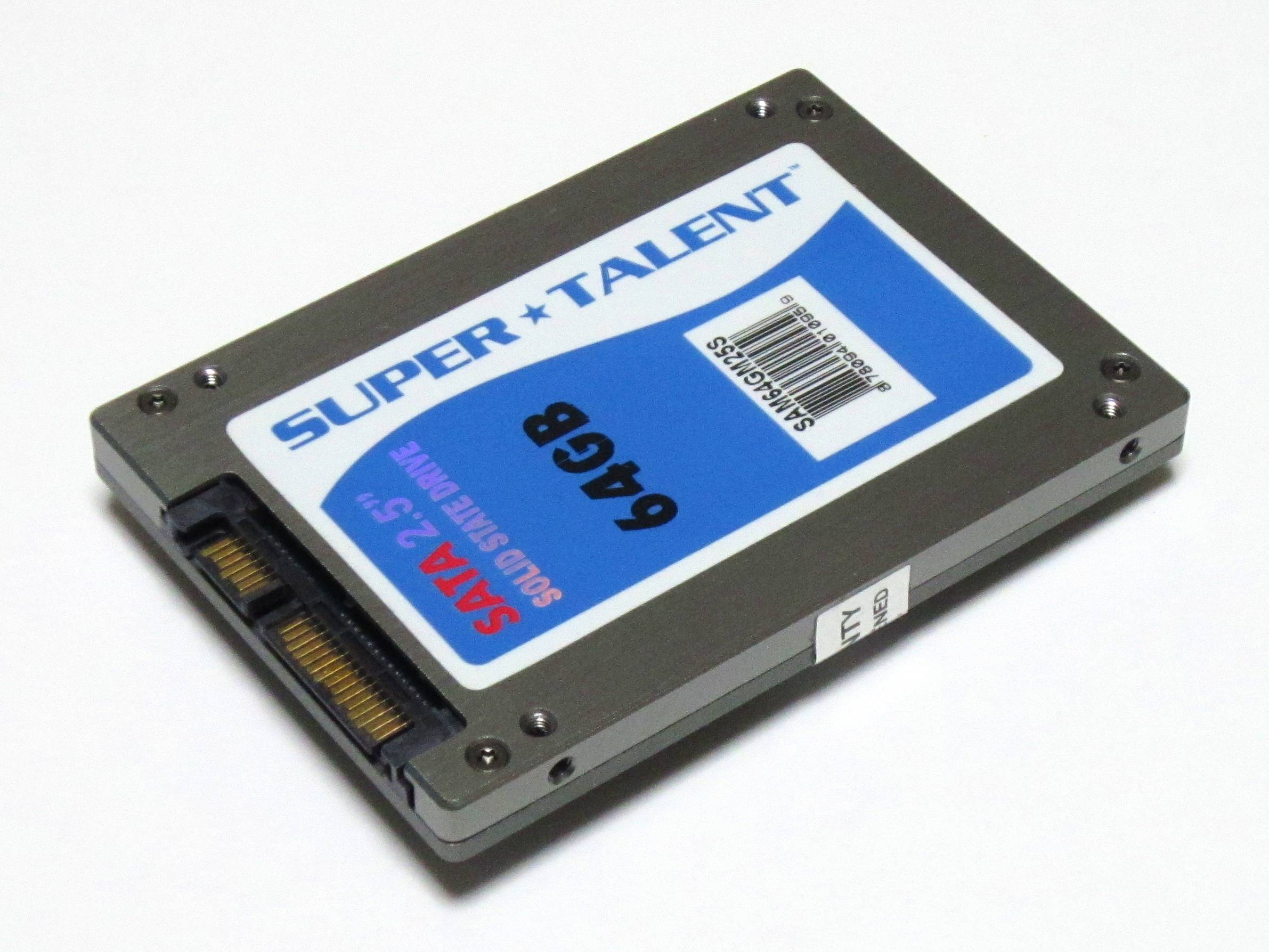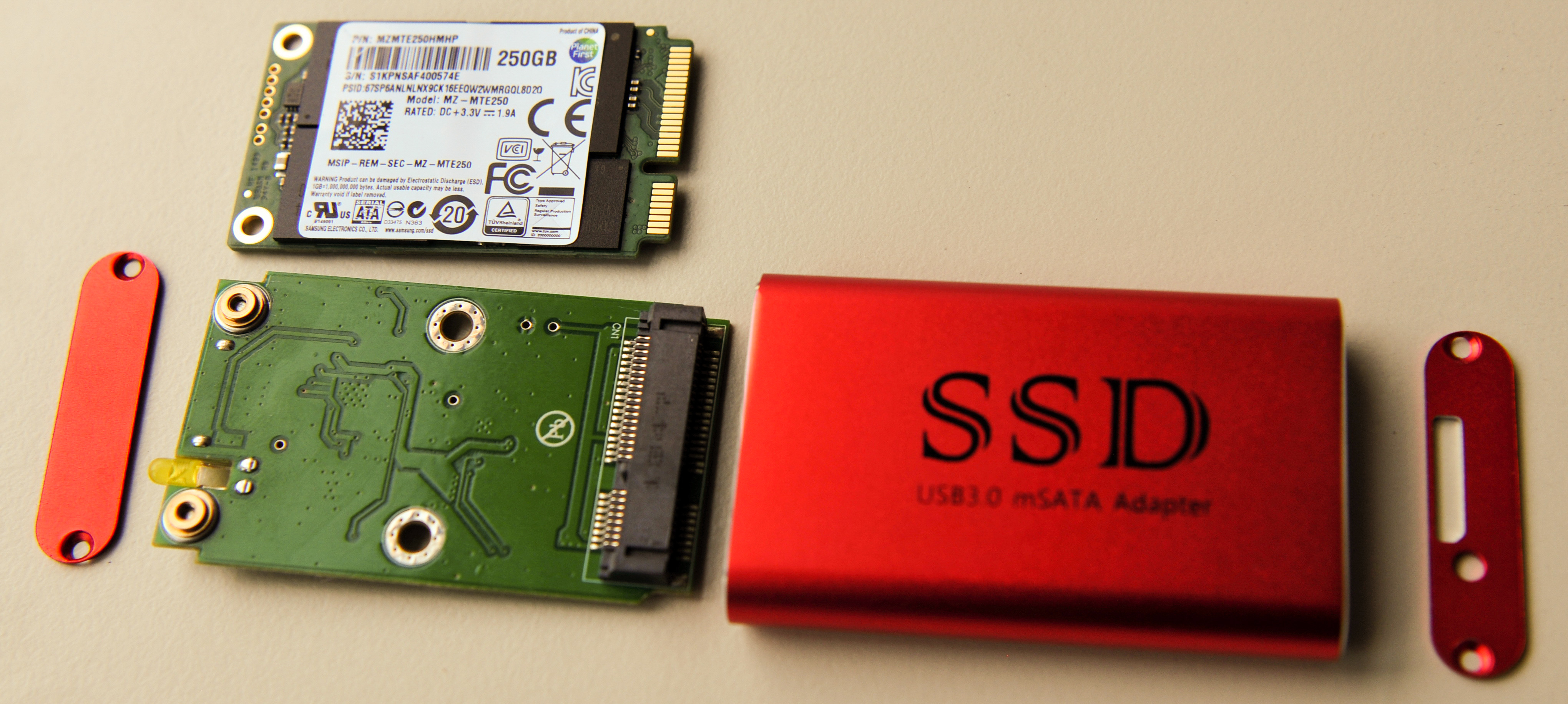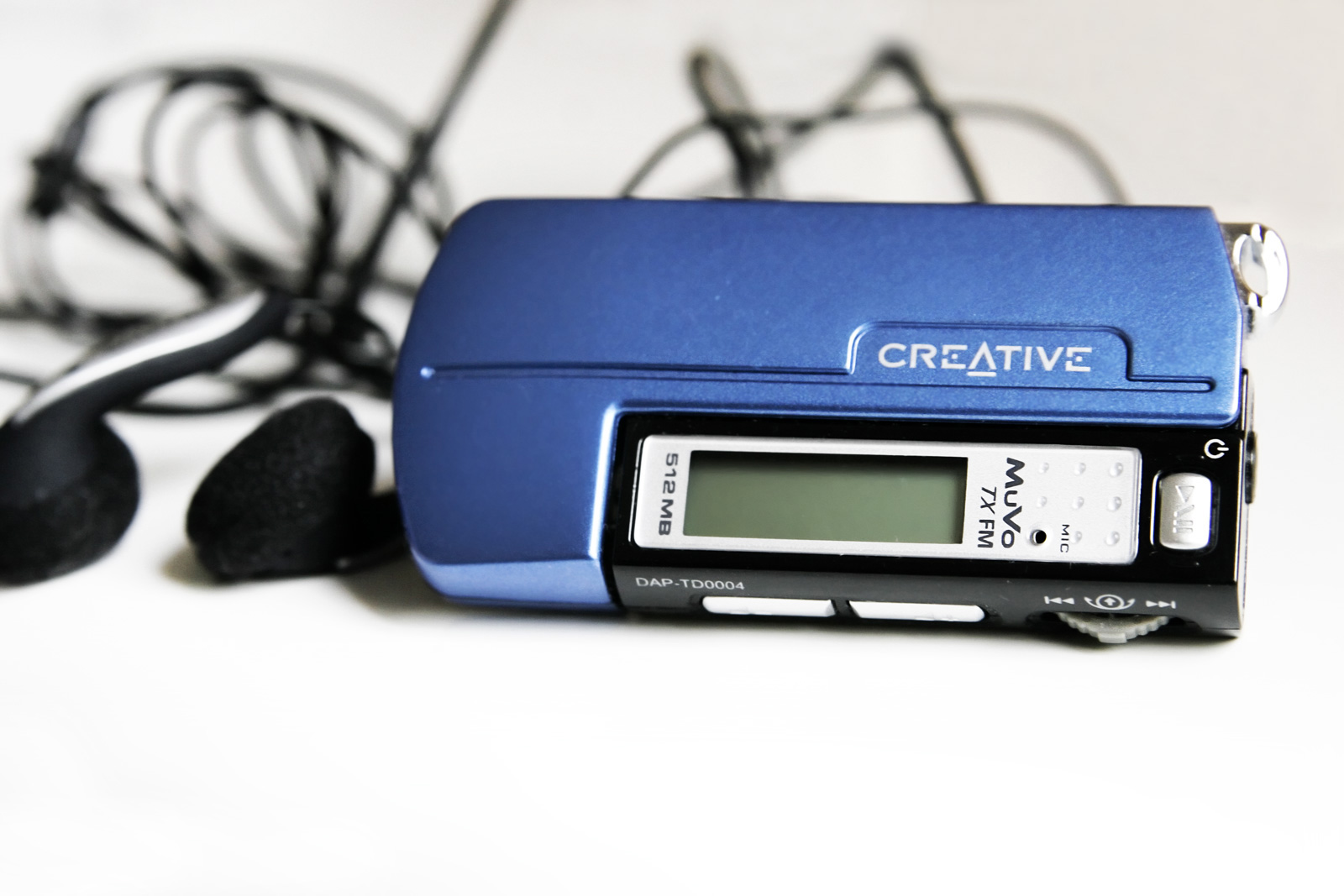|
SanDisk
SanDisk is a brand for flash memory products, including memory cards and readers, USB flash drives, solid-state drives, and digital audio players, manufactured and marketed by Western Digital. The original company, SanDisk Corporation was acquired by Western Digital in 2016. Western Digital was the fourth-largest manufacturer of flash memory having declined from third-largest in 2014. History SanDisk was founded in 1988 by Eli Harari, Sanjay Mehrotra, and Jack Yuan, incorporated at the time as SunDisk. SanDisk co-founder Eli Harari developed the Floating Gate EEPROM which proved the practicality, reliability and endurance of semiconductor-based data storage. In 1991 SanDisk produced the first flash-based solid-state drive (SSD) in a 2.5-inch hard disk drive form factor for IBM with a 20 MB capacity priced at about $1,000. In 1992, SanDisk (then SunDisk) introduced FlashDisk, a series of memory cards made for the PCMCIA or PC card form factor, so they could be inserted int ... [...More Info...] [...Related Items...] OR: [Wikipedia] [Google] [Baidu] |
SanDisk Sansa
SanDisk has produced a number of flash memory-based digital audio and portable media players since 2005. The current range of products bear the SanDisk Clip name, a line of ultraportable digital audio players. SanDisk players were formerly marketed under the Sansa name until 2014. Current models SanDisk Clip Sport Go The SanDisk Clip Sport Go was announced in 2018 by SanDisk, and subsequently released on March 2, 2019. It has a built-in microphone for voice recording. No microSDHC card slot. SanDisk Clip Sport Plus The SanDisk Clip Sport Plus was released in 2016, and is the first SanDisk MP3 player to add Bluetooth and water resistance. No microSDHC card slot. SanDisk Clip Jam The Clip Jam was released in 2015, and is similar to the Sansa Clip and Clip+ models. It has a microSDHC card slot. Overview and comparison Note: Refers to latest version of the SanDisk firmware. Earlier version may have fewer features. Vorbis, FLAC, AAC, Replaygain and folder browsing are always ... [...More Info...] [...Related Items...] OR: [Wikipedia] [Google] [Baidu] |
SanDisk Ultra Flair Flash Drive
SanDisk is a brand for flash memory products, including memory cards and readers, USB flash drives, solid-state drives, and digital audio players, manufactured and marketed by Western Digital. The original company, SanDisk Corporation was acquired by Western Digital in 2016. Western Digital was the fourth-largest manufacturer of flash memory having declined from third-largest in 2014. History SanDisk was founded in 1988 by Eli Harari, Sanjay Mehrotra, and Jack Yuan, incorporated at the time as SunDisk. SanDisk co-founder Eli Harari developed the Floating Gate EEPROM which proved the practicality, reliability and endurance of semiconductor-based data storage. In 1991 SanDisk produced the first flash-based solid-state drive (SSD) in a 2.5-inch hard disk drive form factor for IBM with a 20 MB capacity priced at about $1,000. In 1992, SanDisk (then SunDisk) introduced FlashDisk, a series of memory cards made for the PCMCIA or PC card form factor, so they could be inserted int ... [...More Info...] [...Related Items...] OR: [Wikipedia] [Google] [Baidu] |
Sandisk Extreme Portable Ssd
SanDisk is a brand for flash memory products, including memory cards and readers, USB flash drives, solid-state drives, and digital audio players, manufactured and marketed by Western Digital. The original company, SanDisk Corporation was acquired by Western Digital in 2016. Western Digital was the fourth-largest manufacturer of flash memory having declined from third-largest in 2014. History SanDisk was founded in 1988 by Eli Harari, Sanjay Mehrotra, and Jack Yuan, incorporated at the time as SunDisk. SanDisk co-founder Eli Harari developed the Floating Gate EEPROM which proved the practicality, reliability and endurance of semiconductor-based data storage. In 1991 SanDisk produced the first flash-based solid-state drive (SSD) in a 2.5-inch hard disk drive form factor for IBM with a 20 MB capacity priced at about $1,000. In 1992, SanDisk (then SunDisk) introduced FlashDisk, a series of memory cards made for the PCMCIA or PC card form factor, so they could be inserted int ... [...More Info...] [...Related Items...] OR: [Wikipedia] [Google] [Baidu] |
Western Digital
Western Digital Corporation (WDC, commonly known as Western Digital or WD) is an American computer drive manufacturer and data storage company, headquartered in San Jose, California. It designs, manufactures and sells data technology products, including data storage devices, data center systems and cloud storage service A file-hosting service, cloud-storage service, online file-storage provider, or cyberlocker is an internet hosting service specifically designed to host user files. It allows users to upload files that could be accessed over the internet afte ...s. Western Digital has a long history in the electronics industry as an integrated circuit maker and a storage products company. It is one of the largest computer hard disk drive manufacturers, along with producing solid state drives and flash memory devices. Its competitors include the data management and storage companies Seagate Technology and Micron Technology. History 1970s Western Digital was founded ... [...More Info...] [...Related Items...] OR: [Wikipedia] [Google] [Baidu] |
Flash Memory
Flash memory is an electronic non-volatile computer memory storage medium that can be electrically erased and reprogrammed. The two main types of flash memory, NOR flash and NAND flash, are named for the NOR and NAND logic gates. Both use the same cell design, consisting of floating gate MOSFETs. They differ at the circuit level depending on whether the state of the bit line or word lines is pulled high or low: in NAND flash, the relationship between the bit line and the word lines resembles a NAND gate; in NOR flash, it resembles a NOR gate. Flash memory, a type of floating-gate memory, was invented at Toshiba in 1980 and is based on EEPROM technology. Toshiba began marketing flash memory in 1987. EPROMs had to be erased completely before they could be rewritten. NAND flash memory, however, may be erased, written, and read in blocks (or pages), which generally are much smaller than the entire device. NOR flash memory allows a single machine word to be written to an era ... [...More Info...] [...Related Items...] OR: [Wikipedia] [Google] [Baidu] |
Sanjay Mehrotra
Sanjay Mehrotra is an Indian-American business executive and the CEO of Micron Technology. He was a co-founder of SanDisk, where he served as president and CEO until its acquisition by Western Digital in 2016. Early life and education Mehrotra was born in Kanpur, India, the youngest of four siblings. His father was a liaison officer in the cotton industry, who later moved the family to New Delhi when Mehrotra was 10 years old. At an early age, Mehrotra began expressing interest in math and science, and he has since said that his father and siblings played a significant role in encouraging him to pursue an education in STEM. As a teenager, he began taking mechanical courses in school and eventually transferred over to Sardar Patel Vidyalaya, a top-ranking high school in New Delhi. Mehrotra has said that it was his father’s dream to see him continue his education in the U.S., so he committed himself to applying to American universities. At the age of 18, Mehrotra moved to th ... [...More Info...] [...Related Items...] OR: [Wikipedia] [Google] [Baidu] |
USB Flash Drive
A USB flash drive (also called a thumb drive) is a data storage device that includes flash memory with an integrated USB interface. It is typically removable, rewritable and much smaller than an optical disc. Most weigh less than . Since first appearing on the market in late 2000, as with virtually all other computer memory devices, storage capacities have risen while prices have dropped. , flash drives with anywhere from 8 to 256 gigabytes (GB) were frequently sold, while 512 GB and 1 terabyte (TB) units were less frequent. As of 2018, 2 TB flash drives were the largest available in terms of storage capacity. Some allow up to 100,000 write/erase cycles, depending on the exact type of memory chip used, and are thought to physically last between 10 and 100 years under normal circumstances ( shelf storage timeUSB flash drives allow reading, writing, and erasing of data, with some allowing 1 million write/erase cycles in each cell of memory: if there were 100 uses ... [...More Info...] [...Related Items...] OR: [Wikipedia] [Google] [Baidu] |
M-Systems
M-Systems Ltd., (sometimes spelled msystems) was a Nasdaq-listed Israeli producer of flash memory storage products founded in 1989 by Dov Moran and Aryeh Mergi, based in Kfar Saba, Israel. They were best known for developing and patenting the first flash drive, marketed in 1995 as ''DiskOnChip'', and the first USB flash drive, marketed in 2000 as ''DiskOnKey''. They also created the patented True Flash Filing System (TrueFFS) which presented the flash memory as a disk drive to the computer. After 17 years of business, they were acquired by their prior competitor, SanDisk, in 2006. The DiskOnChip (DOC) was developed at the R&D Center established by M-Systems called EUROM. Rick Iorillo, Rony Levy and David Deitcher were the individuals that worked on the development and marketing of the first 2 MB DOC. This product went on to receive the Most Innovative Award from EDN in 1995 and later went on to become the Flash Drive and DiskOnKey. DiskOnKey DiskOnKey was a small Fl ... [...More Info...] [...Related Items...] OR: [Wikipedia] [Google] [Baidu] |
Solid-state Drive
A solid-state drive (SSD) is a solid-state storage device that uses integrated circuit assemblies to store data persistently, typically using flash memory, and functioning as secondary storage in the hierarchy of computer storage. It is also sometimes called a semiconductor storage device, a solid-state device or a solid-state disk, even though SSDs lack the physical spinning disks and movable read–write heads used in hard disk drives (HDDs) and floppy disks. SSD also has rich internal parallelism for data processing. In comparison to hard disk drives and similar electromechanical media which use moving parts, SSDs are typically more resistant to physical shock, run silently, and have higher input/output rates and lower latency. SSDs store data in semiconductor cells. cells can contain between 1 and 4 bits of data. SSD storage devices vary in their properties according to the number of bits stored in each cell, with single-bit cells ("Single Level Cells" or "SLC ... [...More Info...] [...Related Items...] OR: [Wikipedia] [Google] [Baidu] |
Solid-state Drive
A solid-state drive (SSD) is a solid-state storage device that uses integrated circuit assemblies to store data persistently, typically using flash memory, and functioning as secondary storage in the hierarchy of computer storage. It is also sometimes called a semiconductor storage device, a solid-state device or a solid-state disk, even though SSDs lack the physical spinning disks and movable read–write heads used in hard disk drives (HDDs) and floppy disks. SSD also has rich internal parallelism for data processing. In comparison to hard disk drives and similar electromechanical media which use moving parts, SSDs are typically more resistant to physical shock, run silently, and have higher input/output rates and lower latency. SSDs store data in semiconductor cells. cells can contain between 1 and 4 bits of data. SSD storage devices vary in their properties according to the number of bits stored in each cell, with single-bit cells ("Single Level Cells" or "SLC ... [...More Info...] [...Related Items...] OR: [Wikipedia] [Google] [Baidu] |
Digital Audio Player
A portable media player (PMP) (also including the related digital audio player (DAP)) is a portable consumer electronics device capable of storing and playing digital media such as audio, images, and video files. The data is typically stored on a compact disc (CD), Digital Video Disc (DVD), Blu-ray Disc (BD), flash memory, microdrive, or hard drive; most earlier PMPs used physical media, but modern players mostly use flash memory. In contrast, analogue portable audio players play music from non-digital media that use analogue media, such as cassette tapes or vinyl records. Digital audio players (DAP) were often marketed as MP3 players even if they also supported other file formats and media types. The PMP term was introduced later for devices that had additional capabilities such as video playback. Generally speaking, they are portable, employing internal or replaceable batteries, equipped with a 3.5 mm headphone jack which can be used for headphones or to connect to a ... [...More Info...] [...Related Items...] OR: [Wikipedia] [Google] [Baidu] |
Digital Audio Player
A portable media player (PMP) (also including the related digital audio player (DAP)) is a portable consumer electronics device capable of storing and playing digital media such as audio, images, and video files. The data is typically stored on a compact disc (CD), Digital Video Disc (DVD), Blu-ray Disc (BD), flash memory, microdrive, or hard drive; most earlier PMPs used physical media, but modern players mostly use flash memory. In contrast, analogue portable audio players play music from non-digital media that use analogue media, such as cassette tapes or vinyl records. Digital audio players (DAP) were often marketed as MP3 players even if they also supported other file formats and media types. The PMP term was introduced later for devices that had additional capabilities such as video playback. Generally speaking, they are portable, employing internal or replaceable batteries, equipped with a 3.5 mm headphone jack which can be used for headphones or to connect to a ... [...More Info...] [...Related Items...] OR: [Wikipedia] [Google] [Baidu] |











